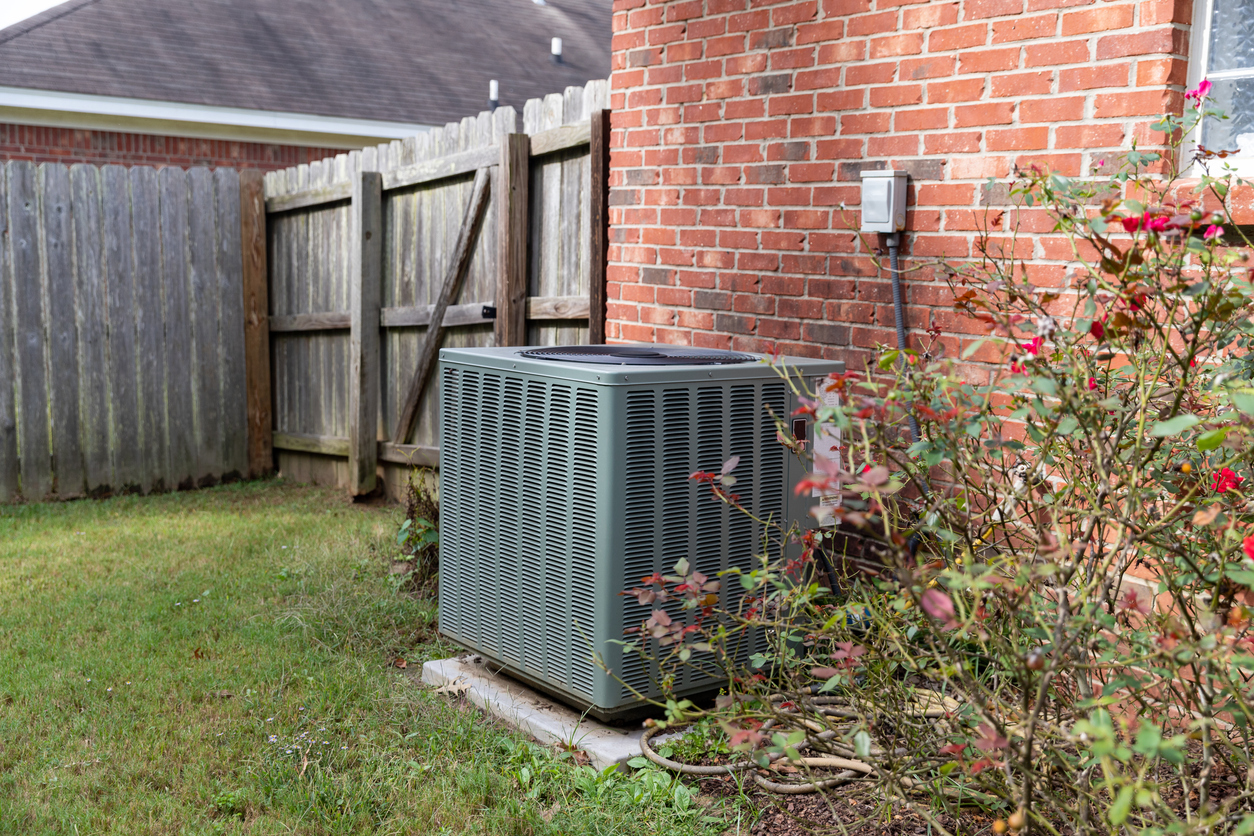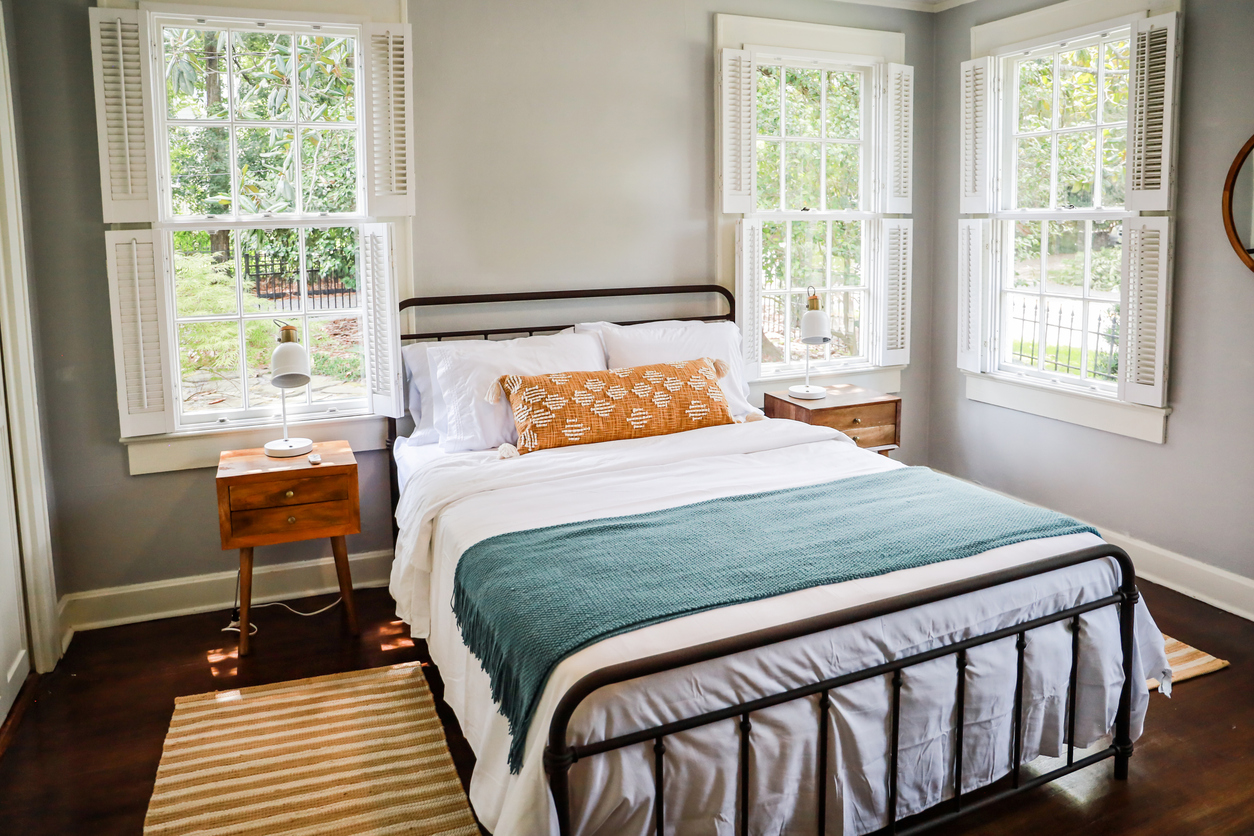Why It’s Hard to Cool Certain Rooms in Your House
Mar 27, 2025

If you’ve got that one room that’s always too hot while the rest of the house feels fine, you’re definitely not alone. Uneven cooling is a common problem, especially in homes with older HVAC systems or complicated layouts. Whether it’s a bonus room, a back bedroom, or even the upstairs in general, struggling to get even airflow can be frustrating. But it’s not just an inconvenience—it could be a sign that your system needs some attention. Let’s dig into the reasons why certain rooms stay warm and what you can do to finally balance things out.
Common Reasons for Uneven Cooling
There’s no single answer when it comes to cooling problems in one part of your house. It could be airflow, insulation, ductwork, or something else entirely. The good news is, once you narrow down the cause, there’s usually a pretty straightforward fix—especially with a team that specializes in professional air conditioning repair and diagnostics.
Airflow Isn’t Balanced
Your HVAC system pushes air through ducts to each room, but if that air isn’t getting distributed evenly, some rooms will naturally feel warmer. This could be due to how your ductwork is laid out, whether dampers are adjusted correctly, or if there’s a blockage somewhere in the line.
Insulation and Sun Exposure Matter
Rooms with poor insulation or large windows that get a lot of afternoon sun can heat up fast, and your AC may not be able to keep up. Even if the system is working fine, that room might need a little extra help to stay comfortable during the hottest parts of the day. Sometimes, the solution includes additional services like blown-in insulation to help regulate those temps.

Duct Issues That Disrupt Cooling
Your ducts are like the highway for your cool air, and if there’s a traffic jam—or worse, a roadblock—some rooms won’t get what they need. Over time, ducts can shift, leak, or get crushed, making it harder for air to reach the farthest or highest areas of your home.
- Leaky ductwork: Air can escape through gaps or holes before it ever reaches the room it’s supposed to cool.
- Disconnected or collapsed ducts: If a duct comes loose in the attic or crawl space, that room might get almost no airflow at all.
- Poor duct design: Some homes simply weren’t set up with enough airflow in mind, especially in additions or renovated spaces.
The Problem with Two-Story Homes
If your upstairs always feels warmer than the downstairs, there’s a reason for that. Heat naturally rises, and your HVAC system has to work harder to push cool air upward—especially in older systems or homes with limited return vents upstairs.
Not Enough Return Air
Airflow is a two-way street. If your upper floor doesn’t have enough return vents to pull warm air back to the system, cool air won’t circulate well. That warm, stagnant air sits in the room and makes it feel stuffy no matter how long the AC runs.
Zoning Might Be the Solution
Zoning splits your home into separate temperature-controlled areas, giving you more control where you need it most. With a zoned system, you can prioritize cooling upstairs during the day and switch back to the lower level at night, which saves energy and improves comfort. If you’re thinking about upgrading, consider whether a full HVAC installation might give you more flexibility.

Other Factors That Make a Room Hard to Cool
Sometimes the problem isn’t with the HVAC system at all. Things like closed doors, blocked vents, or even ceiling fan settings can throw off how air flows through your home. These are small details, but they can have a big impact when it comes to comfort.
Furniture Placement and Vent Obstruction
If furniture is sitting in front of a vent or blocking airflow, it’s going to stop cool air from filling the room evenly. Rugs can even cover floor vents without you realizing it. Making small layout changes might be all you need to fix a frustrating hot spot.
Incorrect Fan Direction
Ceiling fans should spin counterclockwise in summer to push cool air down. If they’re set the wrong way—or not used at all—you’re missing out on a simple trick to help circulate air and make the space feel cooler without touching the thermostat.
Fixes That Actually Work
Once you know what’s causing the issue, it’s time to look at solutions. Some fixes are easy, like adjusting dampers or clearing vents. Others might involve small upgrades to your system or ductwork, but they’re worth it if it means a consistently cool home from room to room.
- Have your ducts inspected: Finding and sealing leaks can make a huge difference in airflow and comfort.
- Consider installing a zoned system: Separate control over upstairs and downstairs temperatures can drastically improve comfort.
- Upgrade insulation or window treatments: Keep that extra heat out so your AC doesn’t have to fight it all day.
We Can Help You Cool Down That Stubborn Room
If there’s a room in your home that just won’t cool down, don’t sweat it. We’ll help you figure out what’s going on and recommend solutions that actually work—whether it’s a repair, a system upgrade, or adding something like a whole house generator to keep your system running when the grid is overloaded. We’re here to keep your home comfortable year-round.
